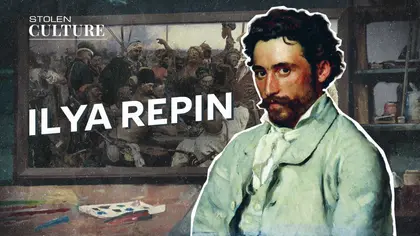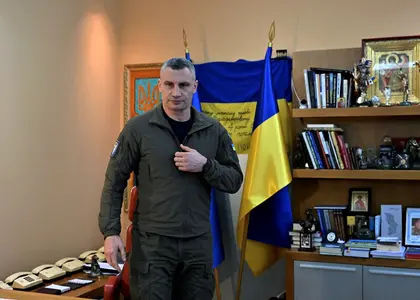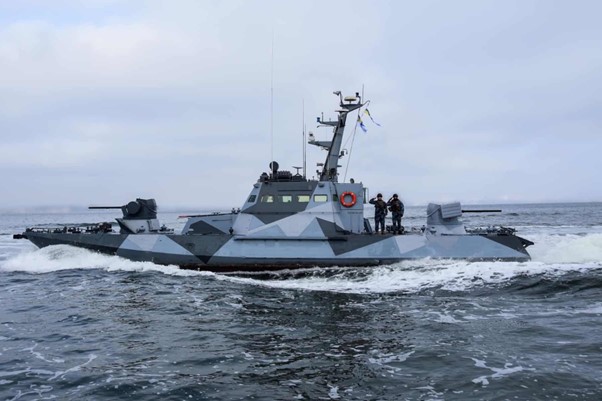Ilya Repin has long been considered one of the masters of Europe’s late-19th-century Realist painting tradition. Yet he did not merely copy what he saw. Rather, he reincarnated the scene with an almost expressionistic flair, suffusing the atmosphere with his deeply rooted sense of being Ukrainian.
Unfortunately, like so many Ukrainian artists and cultural figures, the world-renowned painter has been classified as a “Russian” and is invariable referred to as a “one of the key figures of Russian Realism.”
JOIN US ON TELEGRAM
Follow our coverage of the war on the @Kyivpost_official.
Russian art critic Vladimir Stasov called Repin’s work an “encyclopedia of post-reform Russia.” In his works, Repin managed to cover all aspects of modernity, touch on topics that concern the public, and react to the spirit of the day.
Repin’s life is closely connected with the Kharkiv region, where he was born; and Repin’s Cossack roots strongly influenced his work.
In his works, he depicted human figures in motion, giving them a rich plasticity with brilliant colors. Some works are also influenced by Impressionism and Symbolism.
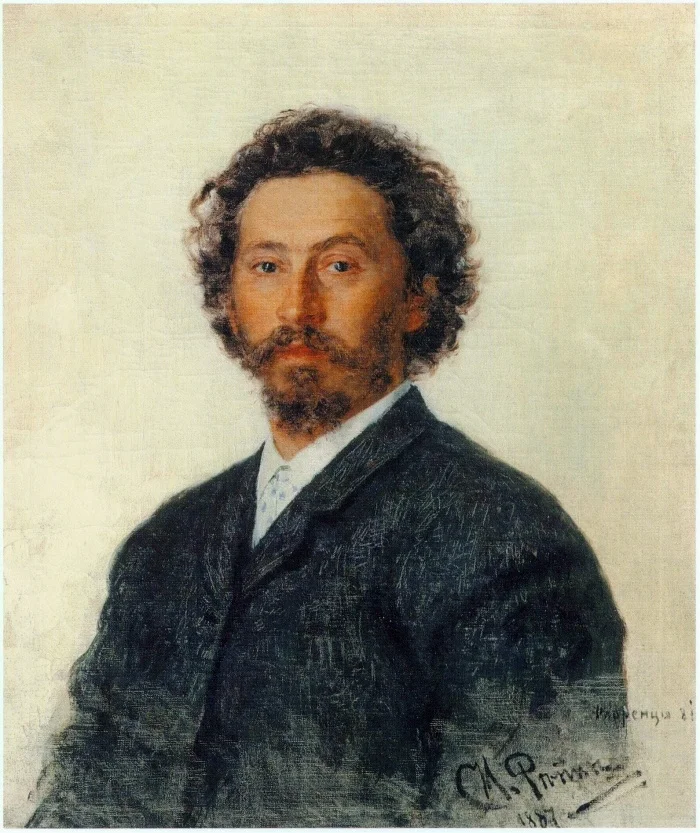
Cossack origins
The future artist was born on July 24, 1844, in the city of Chuhuiv, now in Ukraine’s Kharkiv region. His paternal grandfather, Vasily Repin, was a Cossack engaged in trade. The original Cossack name, Ripa, was later Russified.
From the age of 11, the artist was sent to a school for topographers. Two years later, he began working in the icon workshop of the artist Ivan Bunakov. There the visitors heard about the talented young master.

New York’s Ukrainian Museum: Opening Out and Taking Back
Already at the age of 16, Repin left the workshop and his parents’ house to work in an icon painting cooperative, where he was paid 25 rubles a month. In the summer of 1863, he went to another art cooperative in Voronezh province, near the city of Ostrohozhsk. From there, Repin was inspired to go to St. Petersburg in the fall.
Once in St. Petersburg, he obtained the right to stay abroad for six years as an academic at public expense after his painting Christ Raises the Daughter of Jairus received a prestigious award.
But Repin only went abroad for three years, from 1873 to 1876, a period during which he exhibited his works at the Paris Salon.
Ukrainian motifs
From the 1870s to the 1880s, the artist traveled extensively throughout Ukraine and Russia, where he got new inspiration. The periods of his work can be divided into Ukrainian and Russian.
However, it was with Ukraine that the artist from Kharkiv region was most deeply connected not – not just geographically, but also sensually. In his paintings, he depicted Ukrainian nature, people and folklore.
His works include such well-known Ukrainian-themed canvases, such as Ukrainian Peasant Woman (1886), Portrait of Taras Shevchenko (1888), and Cossacks on the Black Sea (1908).
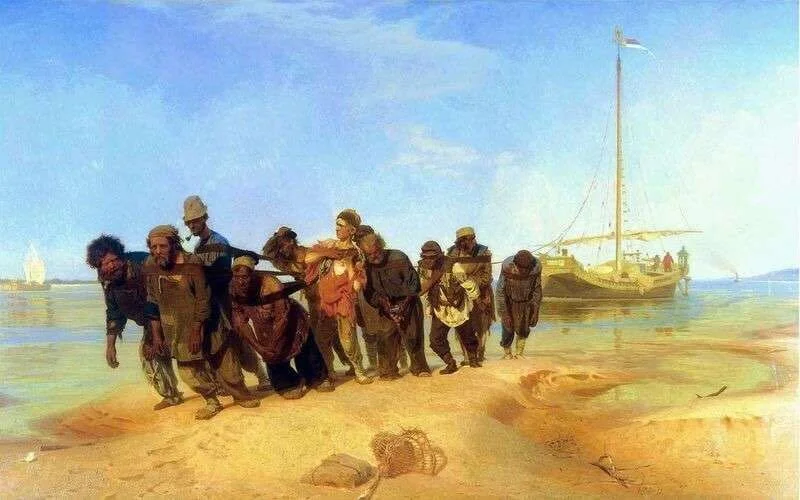
“Cossacks on the Black Sea”
Through his work, Repin raised important issues for society, in particular the problems of the 1876 Ems Ukaz, the decree by which Russian Emperor Alexander II banned the Ukrainian language in many spheres of life.
As a reaction, the descendant of Cossacks painted Vechornytsi in 1881, on which he signed his name in Ukrainian. The gallerist Pavel Tretyakov bought the painting and hung it in his renowned gallery under a virtually forbidden name. The entire Russian press submitted this name in Ukrainian.
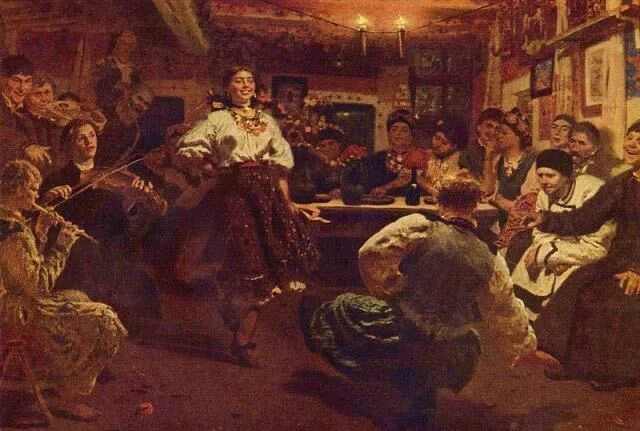
“Vechornytsi” (1881)
One of Repin’s best-known paintings is Reply of the Zaporozhian Cossacks, which has become a symbol of the Cossack spirit. The artist began it in 1880 and finished only 11 years later. Before writing, he carefully studied Cossack weapons and clothing. He also constantly consulted with the Ukrainian historian Dmytro Yavornytsky, who posed as the writer of the letter.
During his travels, Repin personally communicated with other Cossack descendants . “An amazing people. Nobody in the whole world felt so deeply about freedom, equality and brotherhood! Throughout their existence the Zaporozhtsi remained free, they surrendered to nobody!” Repin wrote.
The painting was admired by the Russian Emperor Alexander III, and he bought it for 35,000 rubles, which was a huge sum for those times.
Ivan the Terrible kills his son
The next of Repin’s most memorable paintings is Ivan the Terrible and His Son Ivan on 16 November 1581. The picture, depicting a significant historical drama, was painted in 1885 and has the unofficial title “Ivan Grozny Kills His Son.”
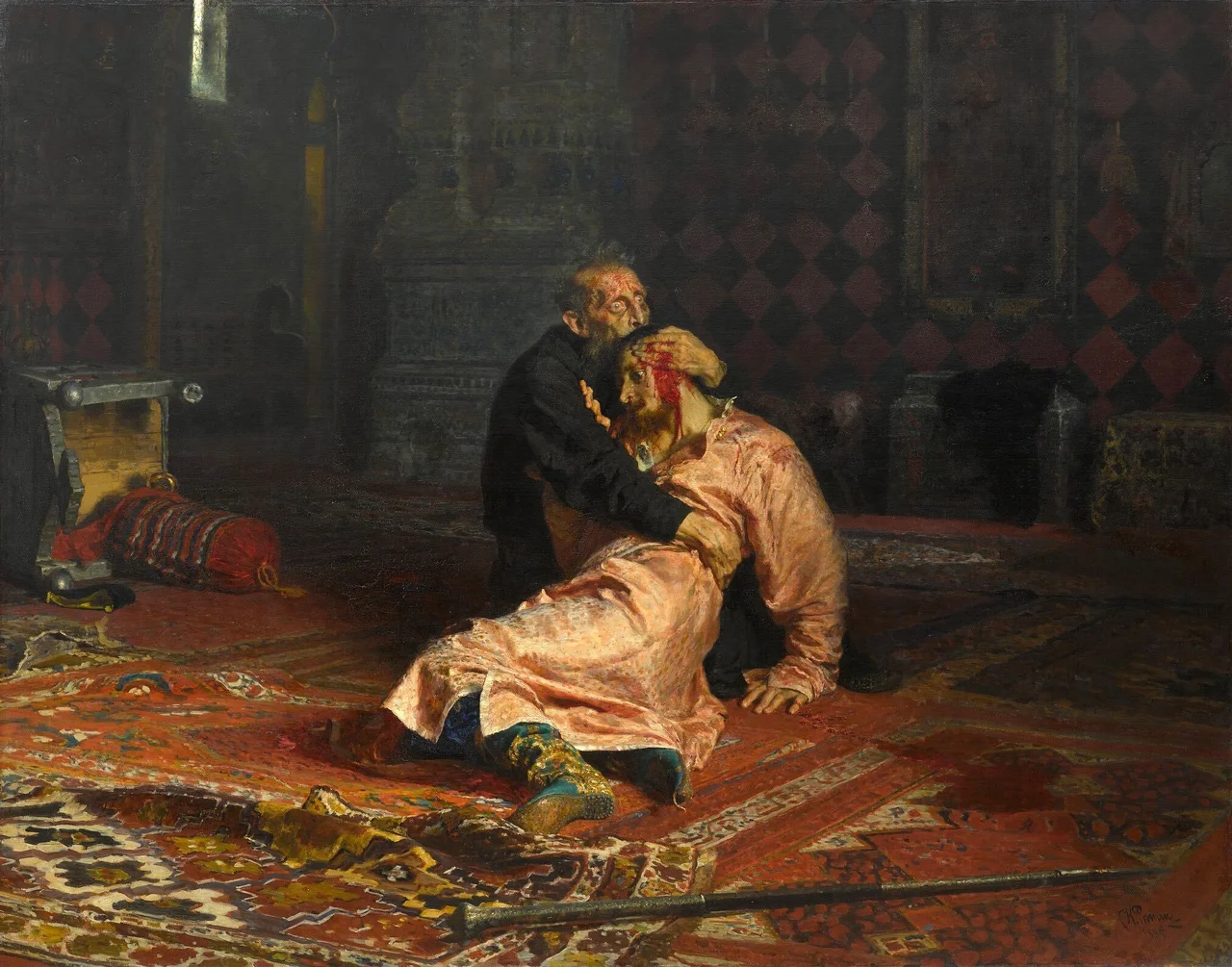
“Ivan Grozny Kills His Son” (1885)
After completion, the painting was shown at the exhibition. But this interpretation of the historical plot caused dissatisfaction with Emperor Alexander III. So he forbade the painting from being exhibited. Many cultural figures defended the canvas. Thanks to their efforts, as well as those of the artist Alexey Bogolyubov, the ban was lifted.
Refusal to return to the USSR and nostalgia for Ukraine
At the initiative of Grand Duke Sergei Alexandrovich, Repin accepted an offer to work at the Imperial Academy for the sake of reforming the educational institution. His workshop at that time was the most popular among students.
But after Finland gained independence from Russia, the artist did not want to return. In 1919, he presented the Finnish Society of artists with 23 paintings by Russian artists who did not support the Bolshevik coup. Thus, the famous Athenaeum collection was founded, showing the works of European artists.
But the Soviet government made at least three attempts to bring Repin back from Finland. Eventually, Stalin issued a resolution: “Allow Repin to return to the USSR.”
In 1925, Korney Chukovsky came to visit Repin. He was supposed to make the artist an offer to move to the USSR, but in fact had secretly persuaded Repin not to return. A year later, a delegation of artists led by Isaac Brodsky arrived again to persuade him to return.
In November 1926, Repin received a letter from people’s commissar Kliment Voroshilov. Repin’s son Yuri was involved in the negotiations. But to no avail – the artist remained in Finland.
If Repin wanted to return, it was only to Ukraine. But the Bolsheviks blocked his way. Even his last major painting, Hopak, is directly related to Ukraine and its tradition of wild acrobatic dancing. He conceived it in 1926. But it was already physically difficult for him to execute it due to the paralysis of his right arm.
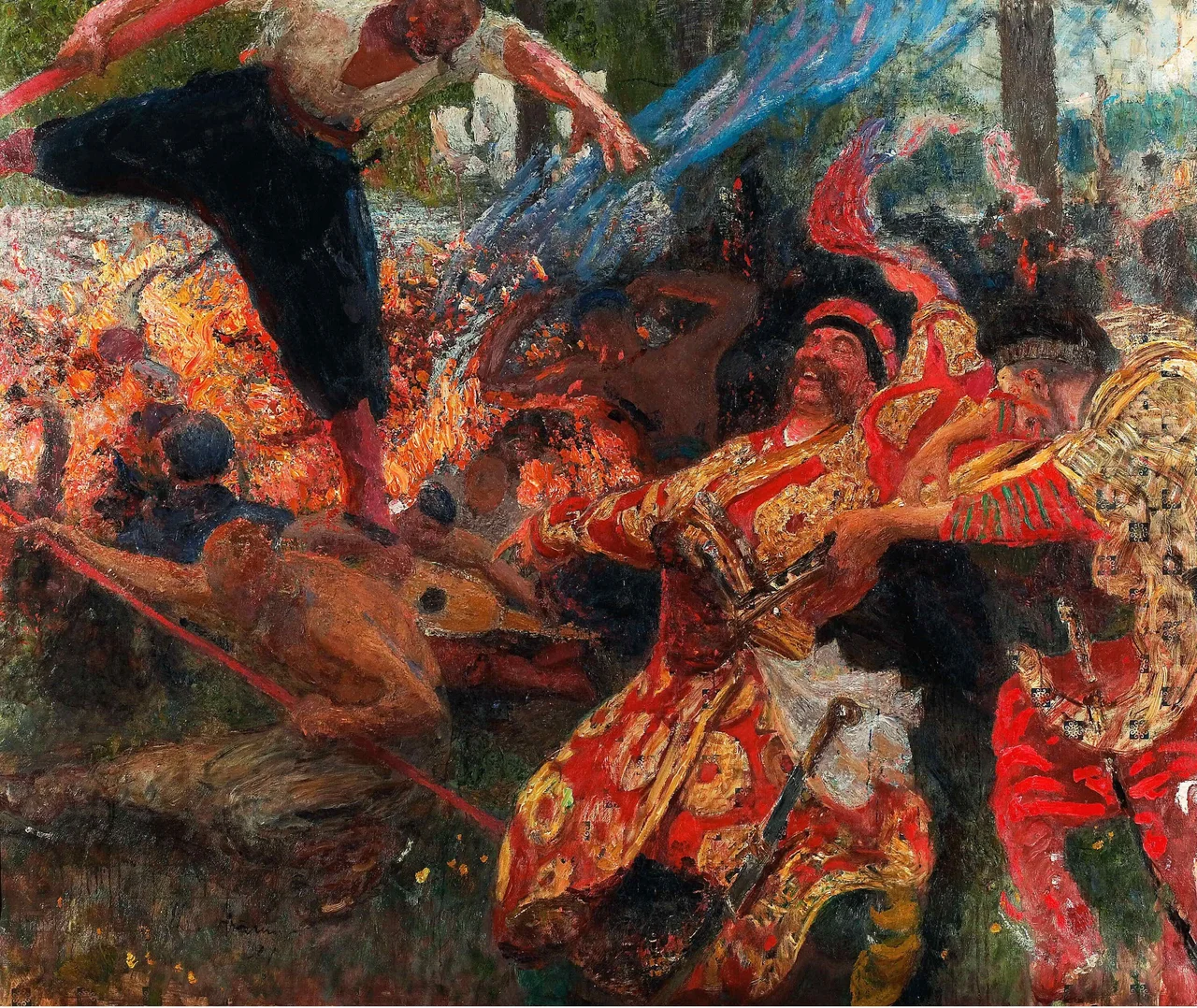
“Hopak” (1927)
Ilya Repin died on Sept. 29, 1930 in the small Finnish village of Kuokkala. In his will, he insisted that his body be buried in his native Chuhuiv. However, due to problems with the Bolshevik authorities in eastern Ukraine, the artist’s widow decided to bury her husband in a park near the house and the hill that Repin called Chuhuiv Hill. She buried him without a coffin, and planted a tree on the grave, as the creator asked.
You can also highlight the text and press Ctrl + Enter


